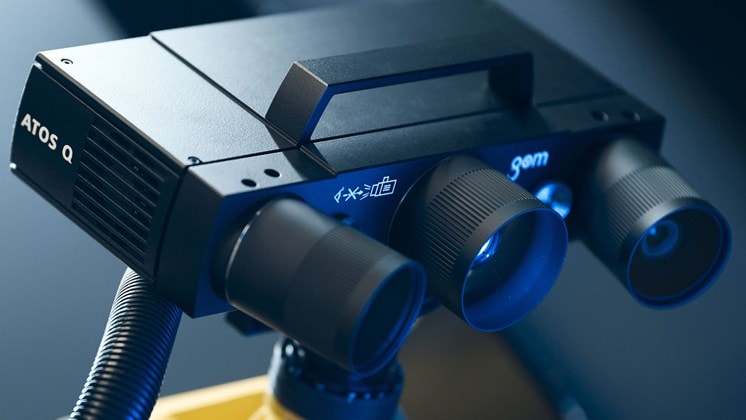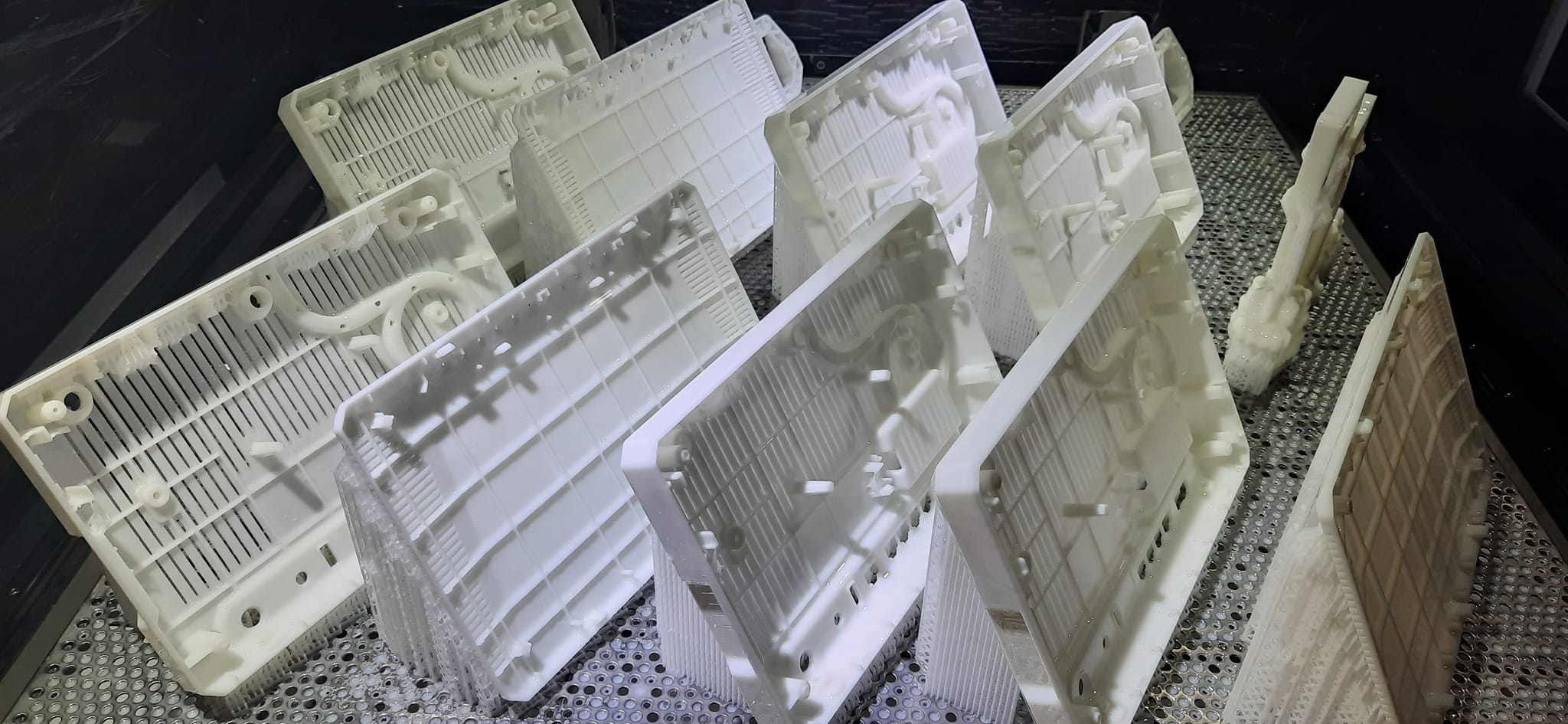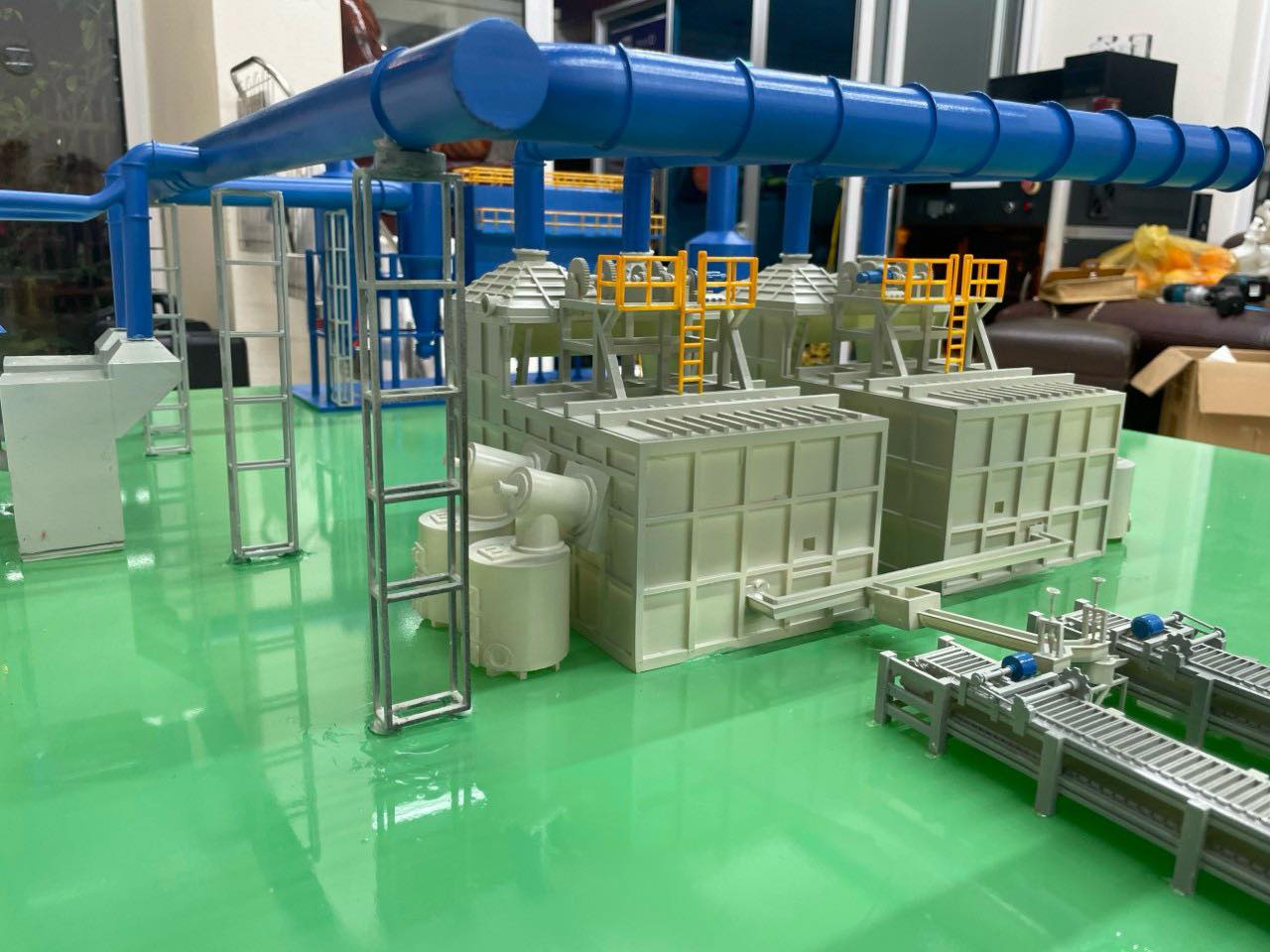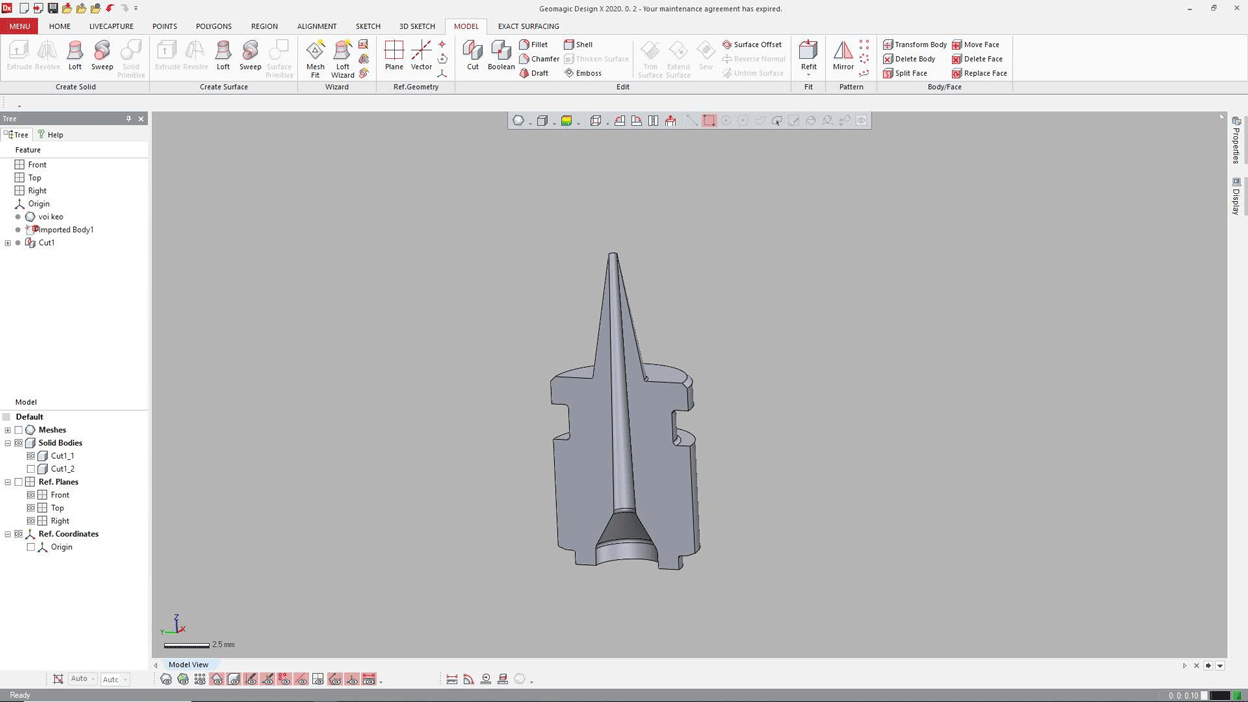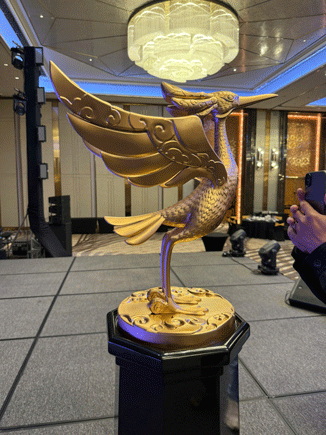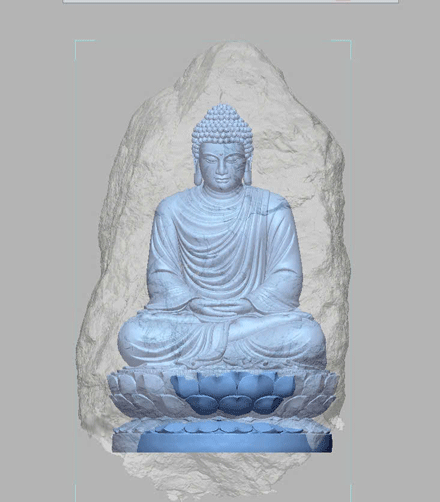A group of MIT experts developed 3D printing technology 10 times faster than similar metal 3D printing processes, although still limited in aesthetics.
The process of 3D printing furniture parts using liquid metal. Video: MI
In new research, the Massachusetts Institute of Technology (MIT) 3D printed furniture parts such as table and chair frames and legs with liquid metal, achieving sturdy parts in just a few minutes, Design Boom on June 26 1 reported. The printing process begins by spraying liquid metal, specifically aluminum, into a pre-designed shape. The liquid metal quickly hardens and takes shape.
Liquid Metal Printing (LMP) technology allows 3D printing to be 10 times faster than similar metal 3D printing processes, researchers say. Smelting can also be more efficient than some other methods, as the metal is easier to find with abundant scrap that can be recycled.
LMP is very promising but also has limitations, according to associate professor Skylar Tibbits at MIT’s Department of Architecture, a member of the research team. For example, this technology helps print large objects quickly, but the resolution and aesthetics are not high. The printed object clearly shows rough and uneven surface.
“But the majority of things built in the human world like tables, chairs and buildings don’t need very high resolution. Meanwhile, speed, scale, repetition and energy consumption are all important factors. important parameters,” said Skylar Tibbits.
A group of MIT scientists also built a machine that can melt aluminum, hold this liquid metal, and then spray it from a ceramic nozzle in a pre-designed shape. “Molten aluminum will destroy almost anything in its path. Initially, we used stainless steel nozzles, then switched to titanium and finally chose ceramic. But even ceramic nozzles can be damaged.” blockage because the heat is not always uniform at the nozzle tip,” said Zain Karsan, a doctoral student at ETH Zurich.
LMP enables rapid 3D printing of parts for furniture and other objects using liquid metal. Because molten aluminum cools in just a few minutes, users can immediately use the products they have just made. The research team also found that the larger the amount of aluminum they melted, the faster the printer could operate. In the future, they want to find ways to keep temperatures stable in the nozzle and prevent liquid metal from sticking, while also creating better material flow and looking for design solutions that increase uniformity and smoothness. for product.
Thu Thao (According to Design Boom)
OTHER NEWS
